Archive
2021
KubaParis
Nocturnal Correspondence
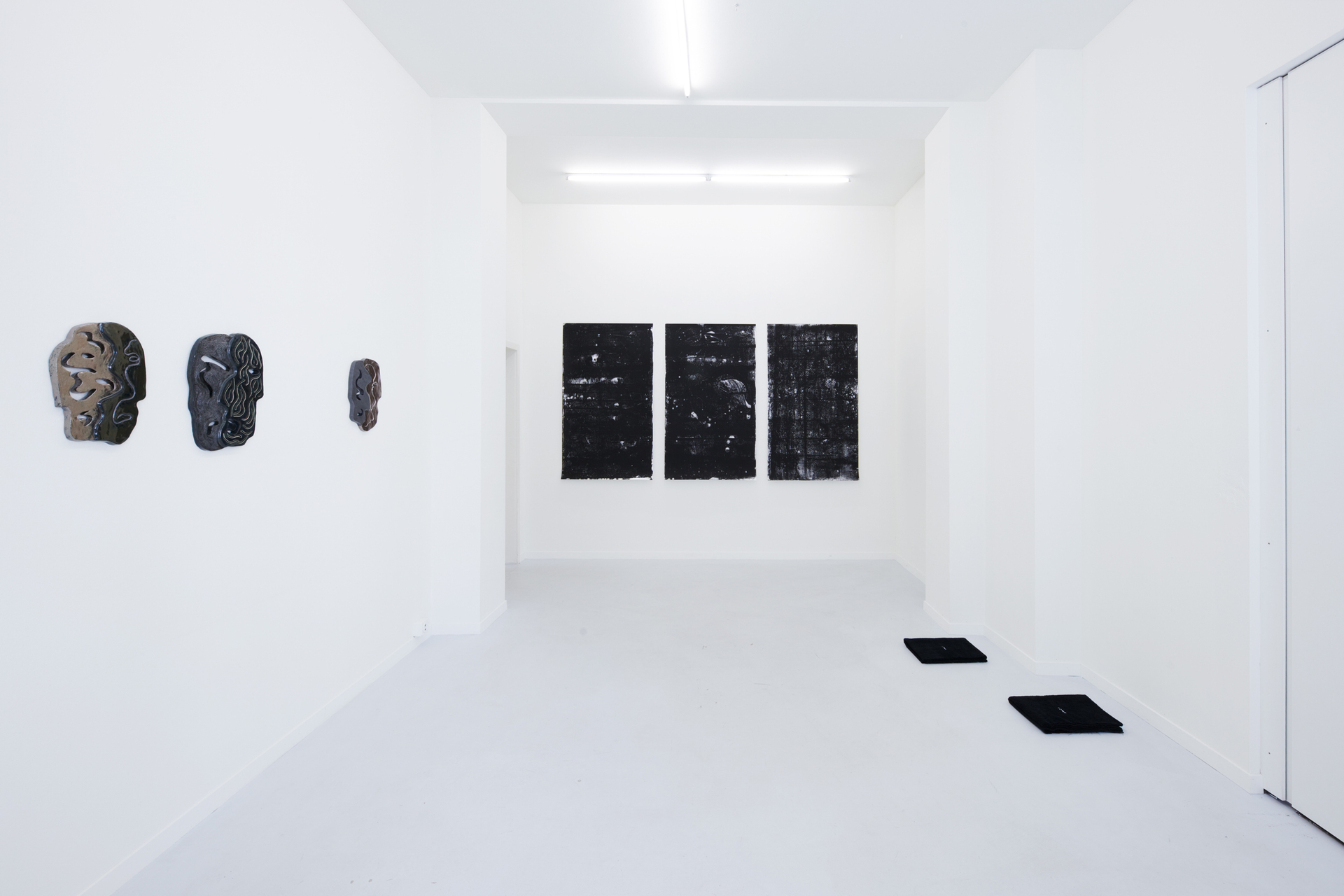
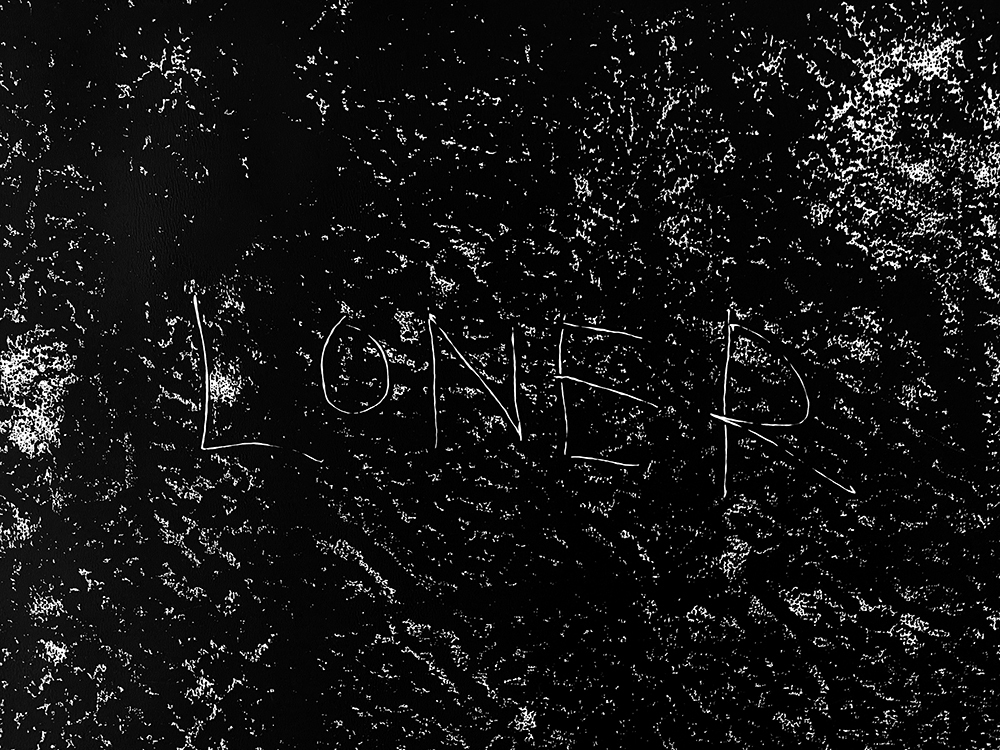
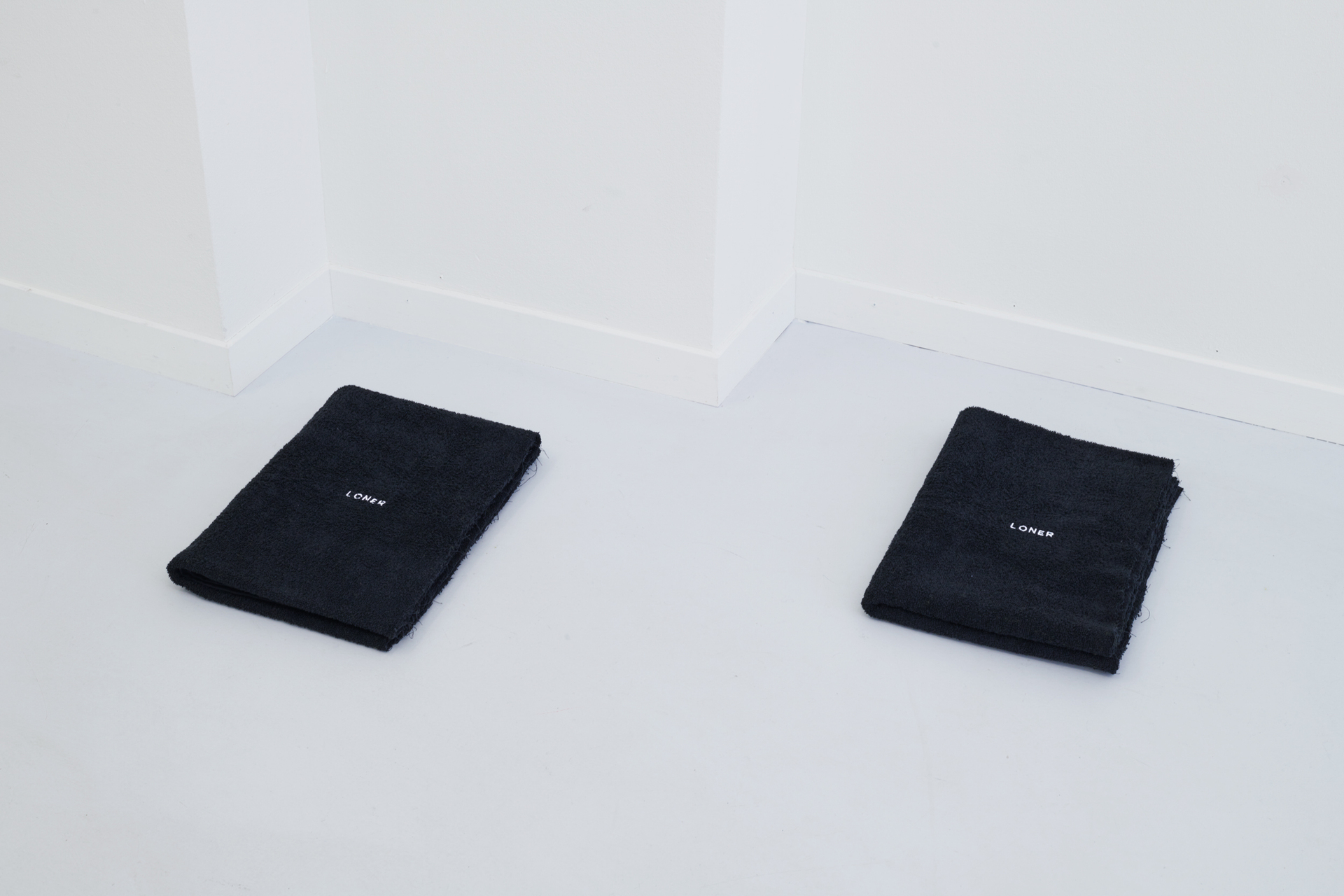


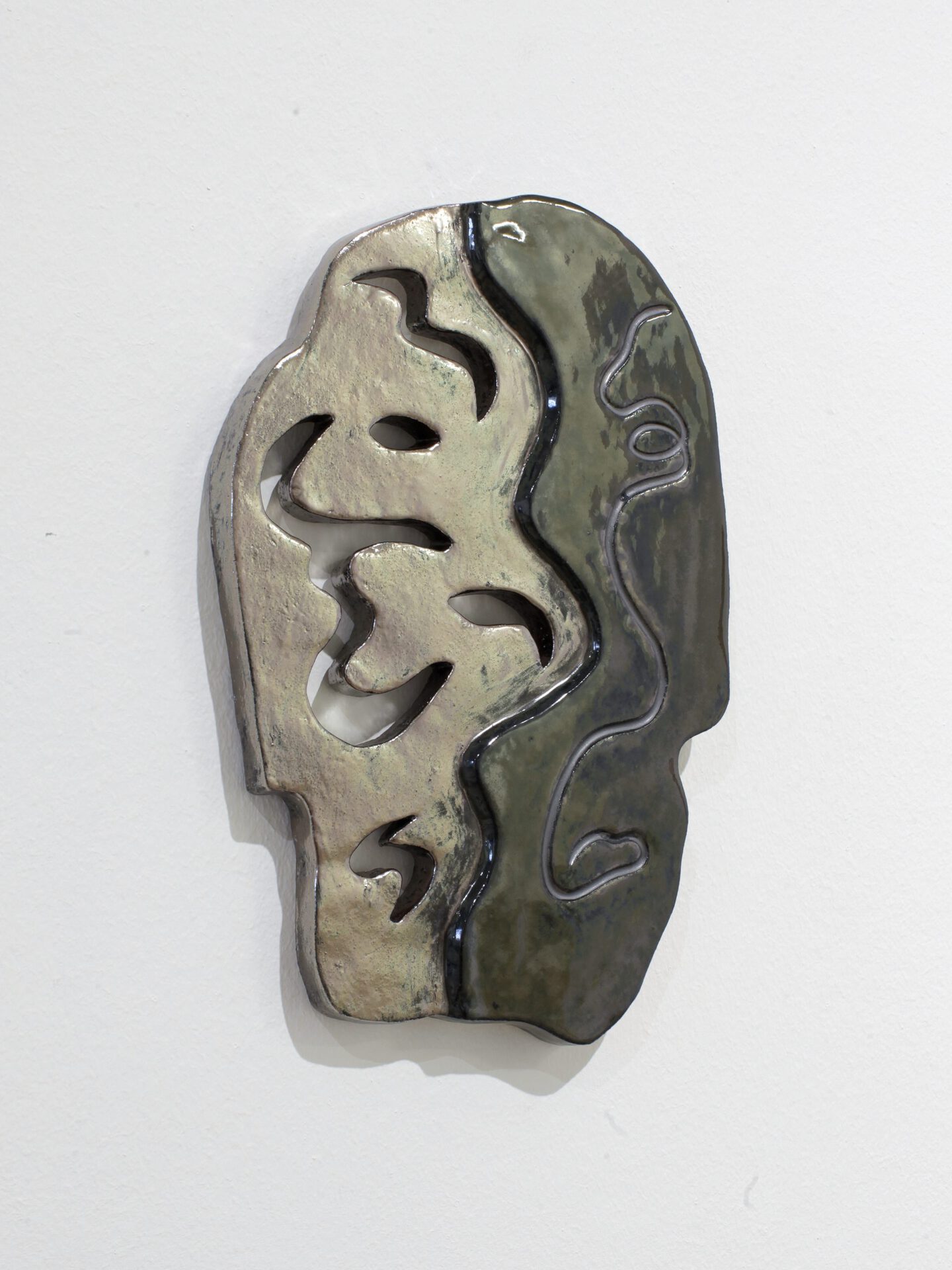
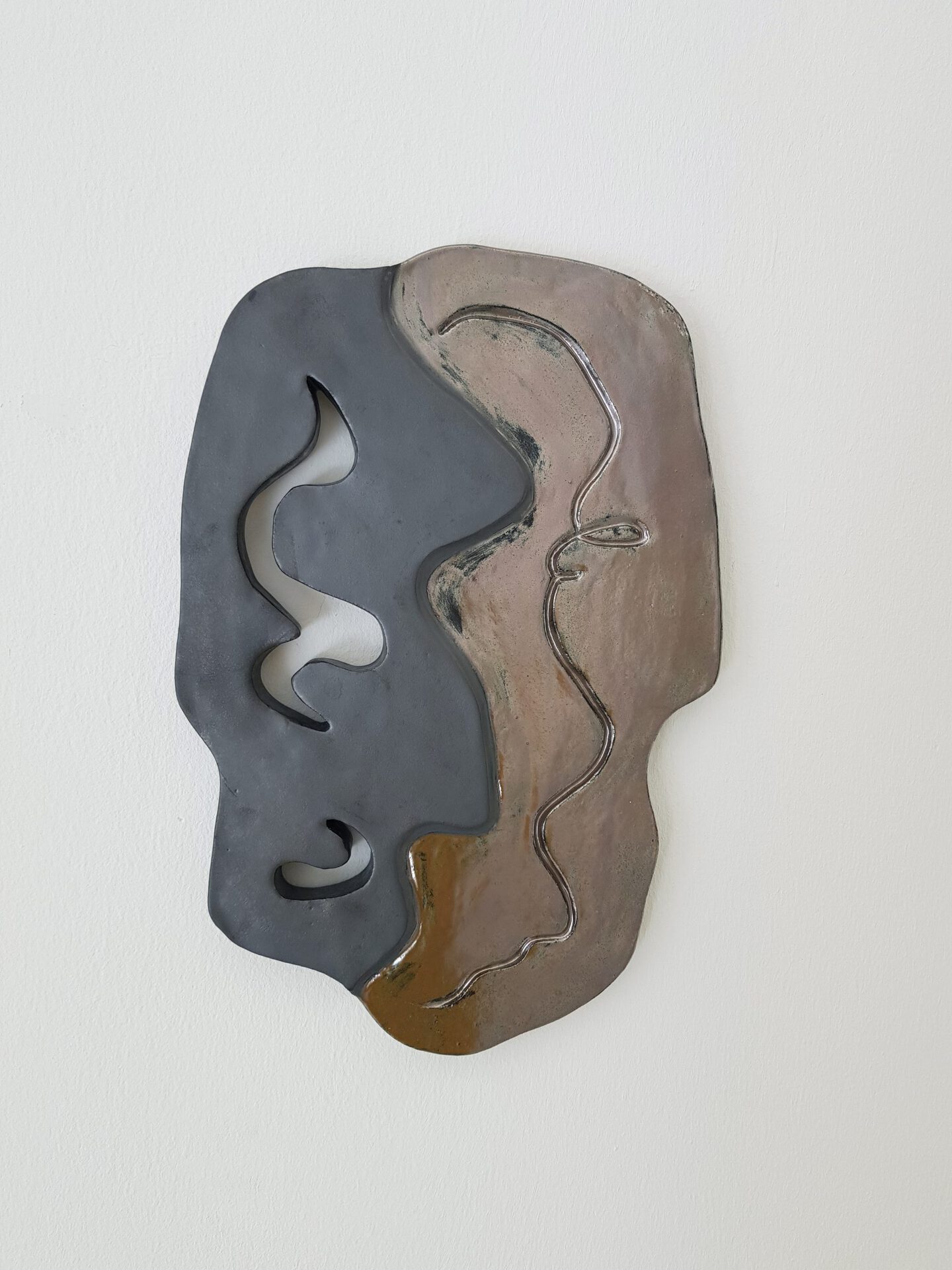

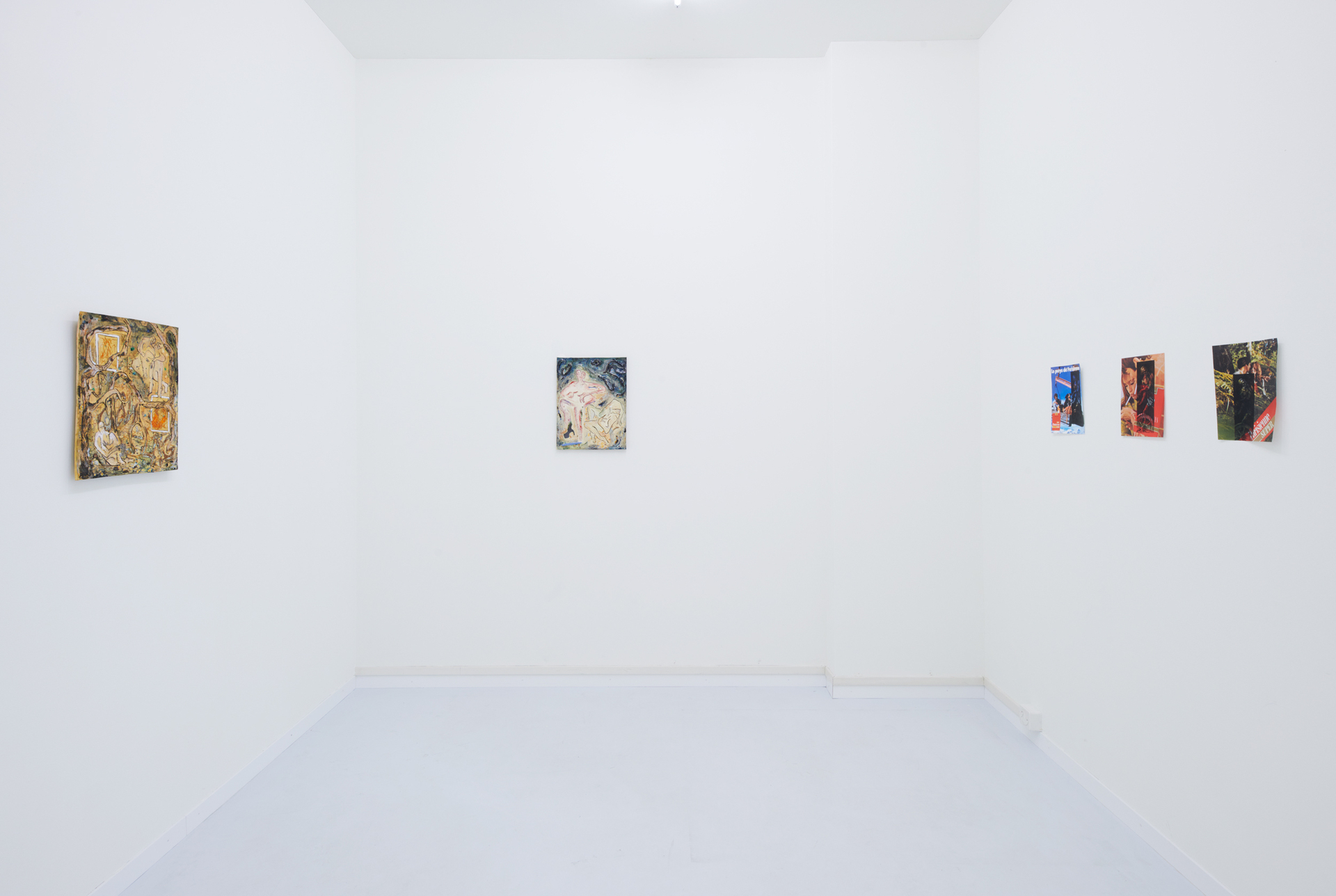
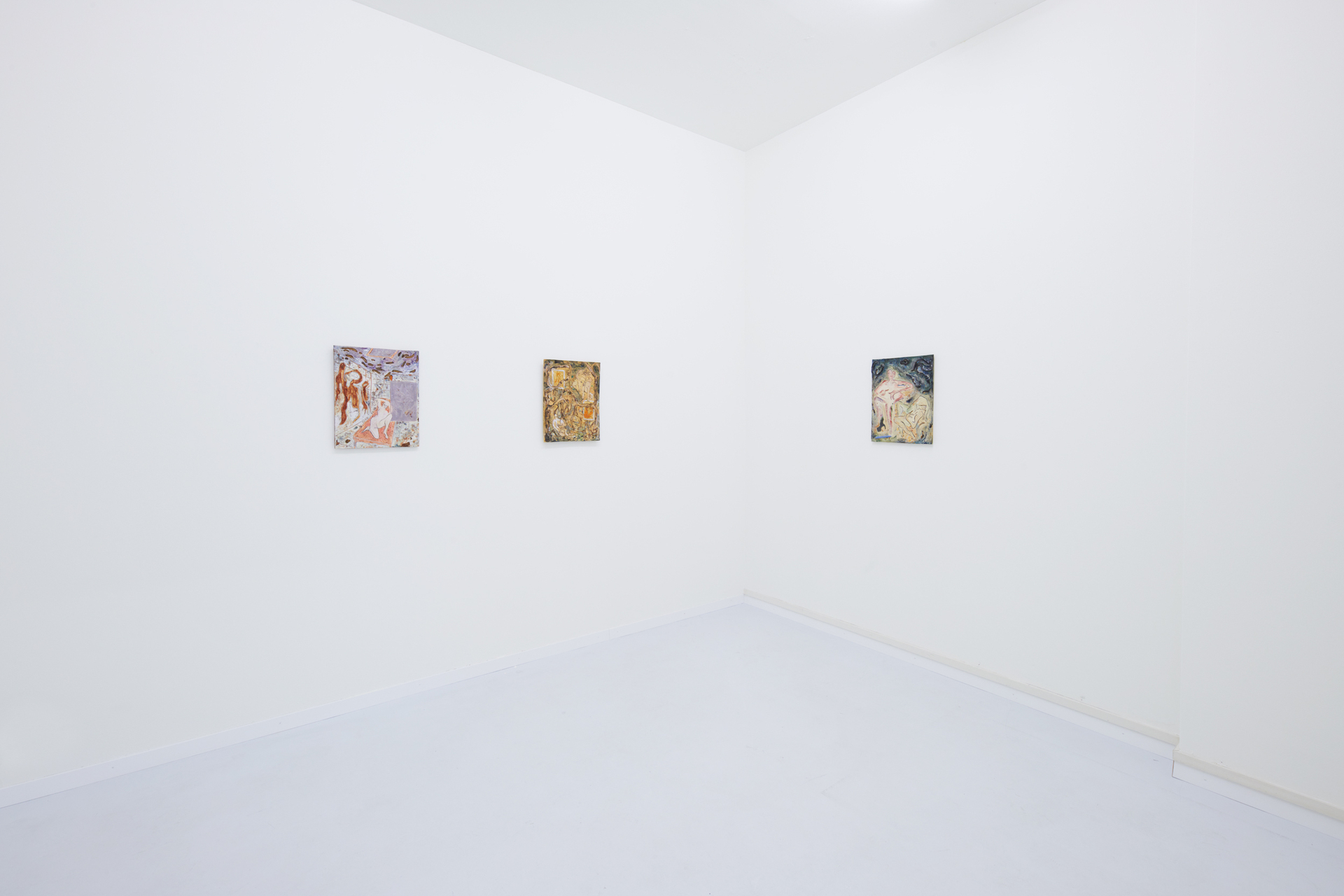
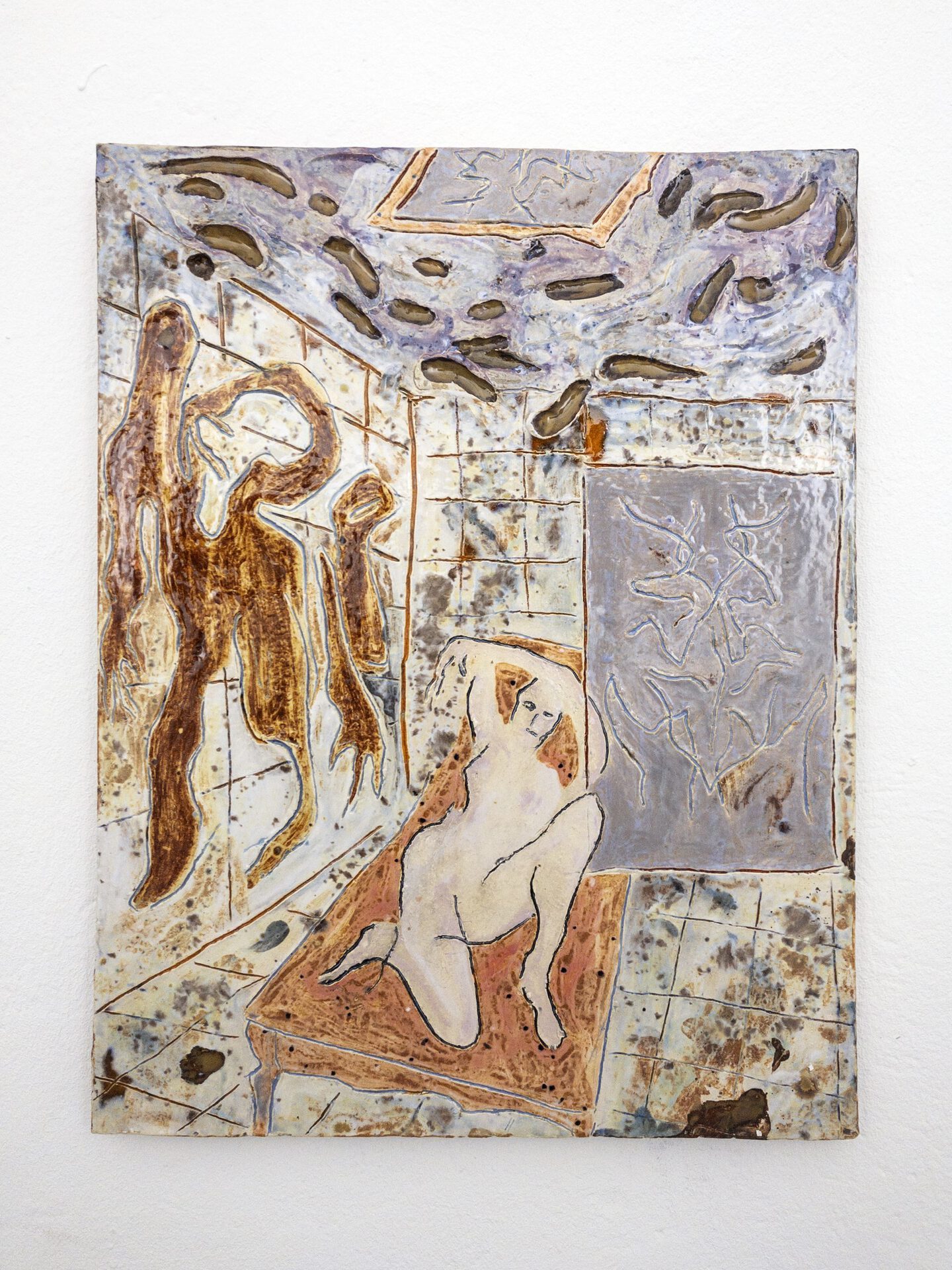


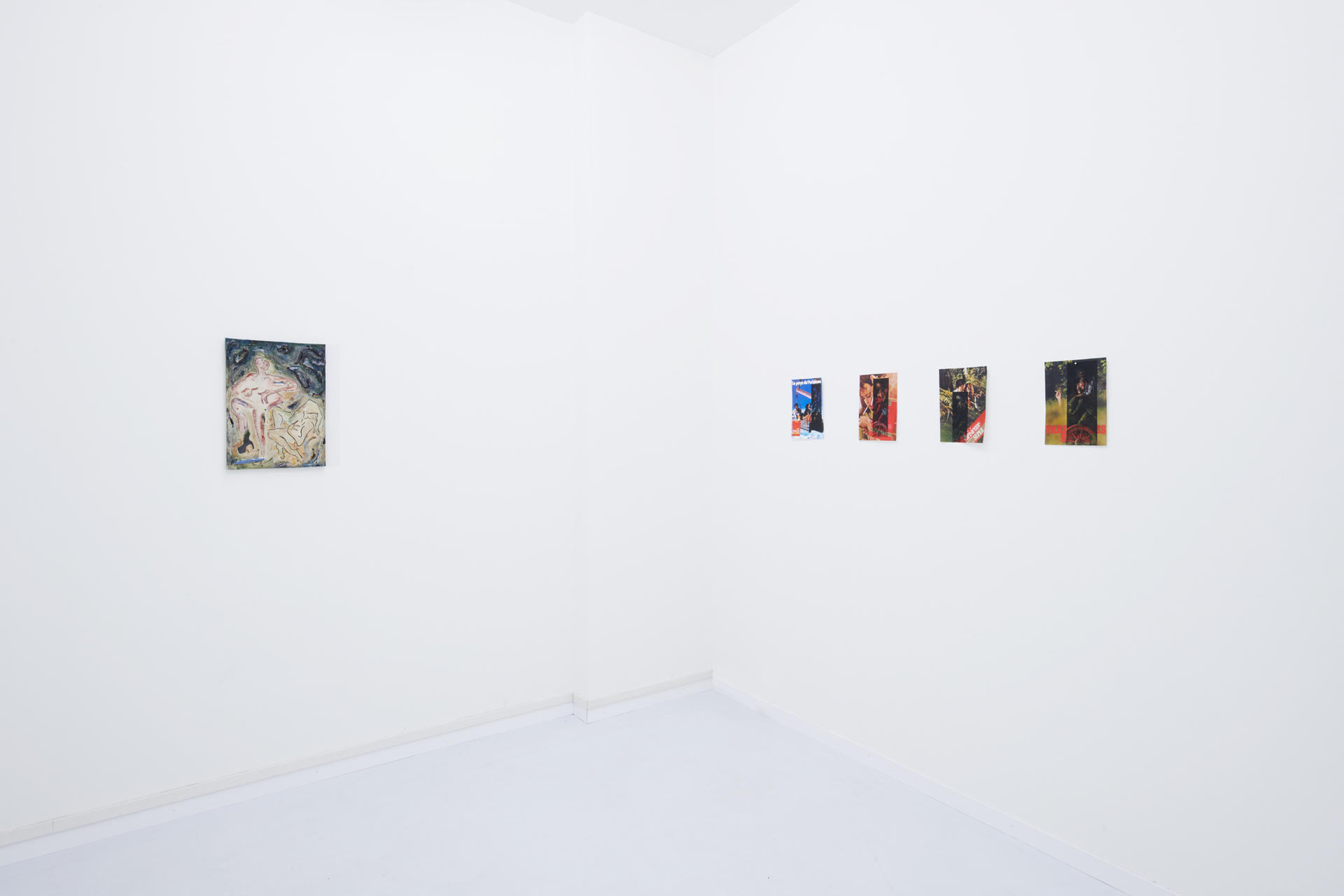
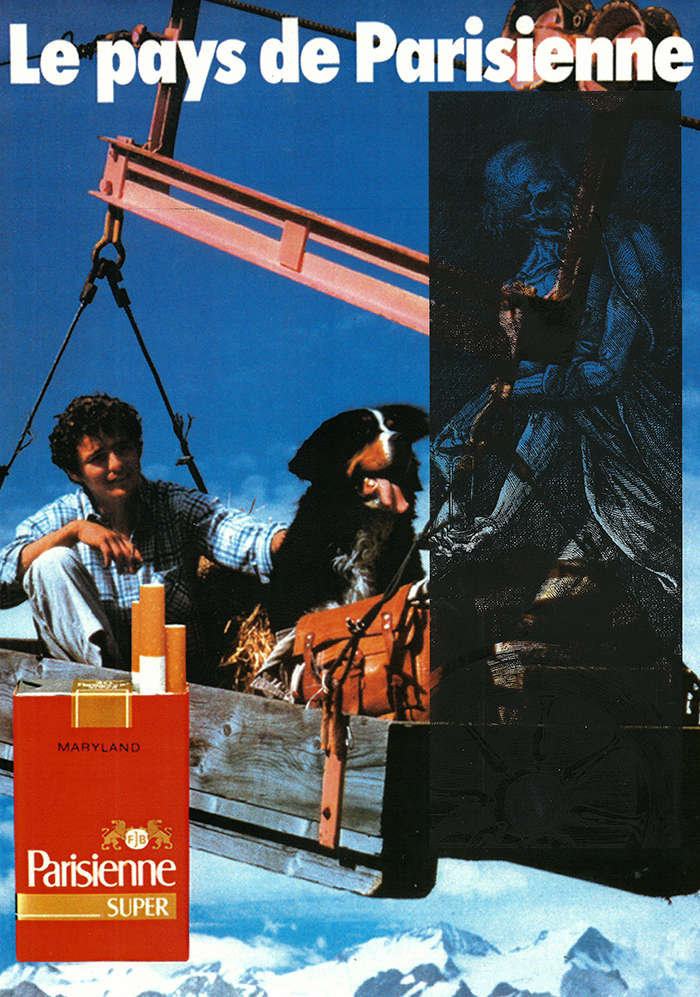

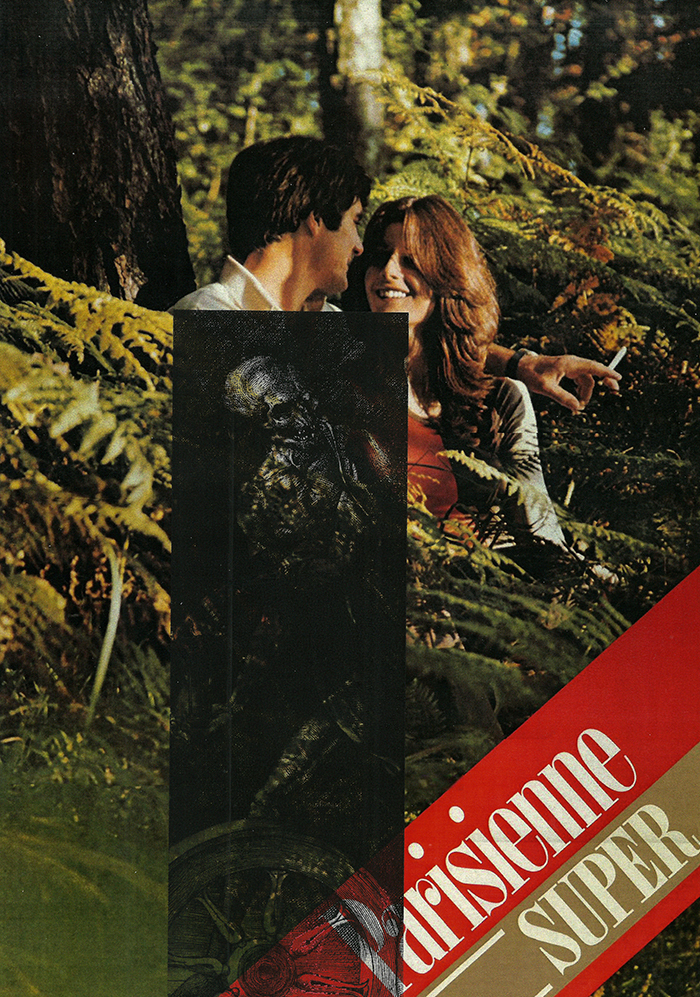
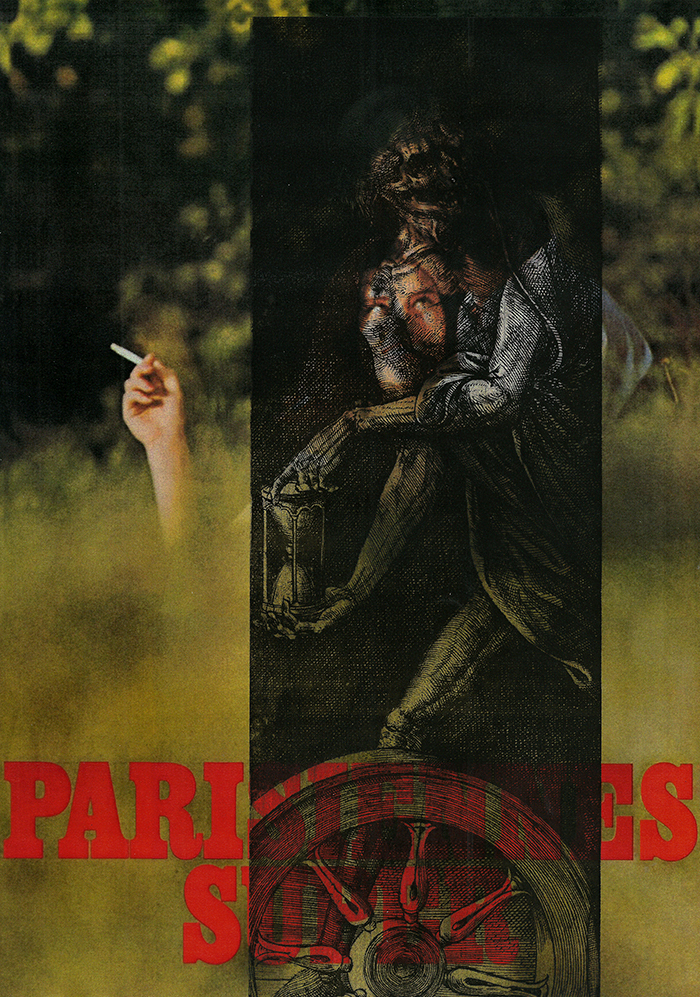

Location
LemoyneDate
28.03 –24.04.2021Curator
Olga NevzorovaPhotography
Sabina BöschSubheadline
NOCTURNAL CORRESPONDENCE Monika Grabuschnigg and Martin Maeller Curated by Olga Nevzorova Opening weekend: March 27 to 28, 2 to 7 pm Exhibition dates: March 29 to April 25, 2021 Opening hours: by appointment Lemoyne is happy to announce “Nocturnal Correspondence” a group show with new works by Monika Grabuschnigg and Martin Maeller. “Nocturnal Correspondence” is an artistic exploration of melancholy and the deep longing for connection - topics that are central within Monika Grabuschniggs and Martin Maellers œuvre. Maellers multi-layered installations appear reduced and mostly monochrome by using shapes and imprints of found objects and everyday items. His work deals with states of mind as well as experiences of finitude, and is inspired, among other things, by mythology and pop culture. Grabuschnigg forms image carriers out of clay. Thematically the artist focuses on interpersonal relations, their underlaying structures and uncanny mindsets, which evoke enigmatic narratives. By juxtaposing the works of both artists they instantly conjure up correspondences: as if one were drawn into long nocturnal conversations in which they tell each other their secrets.Text
NOCTURNAL CORRESPONDENCE is an artistic exploration of melancholy and the deep longing for connection - topics that are central within Monika Grabuschniggs and Martin Maellers œuvre. Maellers multi-layered installations appear reduced and mostly monochrome by using shapes and imprints of found objects and everyday items. His works deals thematically with various states of mind as well as experiences of finitude. These are inspired, among other things, by elements from mythology and pop culture. Grabuschnigg forms image carriers with painterly surfaces out of clay. She works on them by hand and with tools, fires and paints them with various glazes. The artist focuses on relational structures, their underlaying structures and uncanny mindsets, which evoke enigmatic narratives. The works of both artists instantly conjure correspondences: as if one were drawn into long nocturnal conversations in which they tell each other their secrets.
Private Madness (LONER) (1-3) (2021) by Maeller are three large-scale monotypes; black surfaces like windows at night or distorted screens that invite to closer inspection. Carving of initials into trees or stone walls shows a desire to leave a proof of one's existence or location. The ghostly writing of the "loner" does not show a desire for attention, but of intentional retreat. Loner move between the wish to belong and the self-chosen solitude, but fail to unite both. Thus, in the monotypes, the artist reflects on soliloquy, surrendering to thoughts, feelings and memories. Often this happens at night, perhaps even from insomnia, inner turmoil or excitement. You stand at the window and look out at the dark streets, the streetlights and occasional car headlights are the only sources of light, so you nestle deeper and deeper into the cloak of night. The Lovers (for Michael) (1-4) (2021) series are four reproduced 1970s advertising prints of the cigarette brand Parisienne. They show three couples and a man with a dog. Maeller uses laser printing to add the figure of the dead with an hourglass, which comes from the copperplate engraving Death Surprises a Woman Looking at Herself in the Mirror (Mortalia facta peribunt) (ca. 1530-1580) by the monogramist M. The image shows a young, naked woman symbolizing life and fertility, contrasting the skeleton. Both figures form a synthesis that reveals a fundamental fact: Death lurks around every corner and will come for you, no matter your age or status. In doing so, the motif contextually takes up the aspect of death in the tradition of the Dance of Death, an art genre of the late Middle Ages. In the new combination of found images and material from his own image archive, Maeller creates a scenario of crisis and at the same time a contemporary memento mori: a harmonious, exuberant day is abruptly ended by death. He thereby caricatures death, depicts it as an omnipresent companion, and thus deconstructs it.
In the three List of figures XX6-XX8 (2018) Grabuschnigg gives a contemporary interpretation of Plato's Allegory of the Cave. Men see only shadows of objects in a cave, which they take for reality; they are trapped and do not question their reality. If they could free themselves, they would realize that their freedom is illusory. The ceramic masks refer to this philosophical and melancholic moment: technologies such as search engines, algorithms and apps enable global communication as well as exchange of tenderness and intimacy: an imaginative that takes place instead of real touch and conversation and brings alienation instead of enlightenment. At the center of Grabuschnigg's new ceramic reliefs are figure representations. They deal with relationships and their interaction of attraction and repulsion, an environment that has lost its familiarity, and dark psychological states. Taking a ride with no blessings and no temptations (2021) at first seems to lean toward a nude painting, but its nightmarish character opens up with the figures in the picture: like evil memories recalling themselves in a dream, or a terrifying sleep paralysis. The figure on the chaise longue in the windowless, tiled room seems to be at their mercy. Like in The Nightmare (1781) by Henry Fuseli (1742-1825), Grabuschnigg's work oscillates between the supernatural and an erotic evocation of infatuation and obsession. Measuring of two ideas (2021) shows a different state of overwhelming. Grabuschnigg explores the relationship between devotion and desire, both physical and spiritual. A figure that seems to consist of two bodies fused into each other stands in the center. At their feet, another figure lies slumped with one arm thrown over the head and with closed eyes, as if fainting before the aura of the fascinating hermaphrodite. The longing for another person is strongest at night. One cannot stop thinking about them, fantasizing and dreaming about them. At the same time, there is the fear of revealing oneself to another person and possibly being hurt or rejected, which takes away strengths and paralyzes.
Martin Maeller was born in 1990 in the Upper Palatinate Forest (GER). In 2017 he received the Alexander Tutsek-Foundation Scholarship. At the end of 2021 he will enter the Dom umeni mesta/House of Arts Residency in Brno. Maeller's work has been shown in national and international exhibitions, including the Museum für Sepuralkultur Kassel, Brandenburgischer Kunstverein and at Thomas Erben Gallery New York and Polansky Gallery in Brno. The artist lives and works in Berlin and Vienna.
Monika Grabuschnigg, born in Feldkirch (AUT) in 1987, was awarded the Berlin Art Prize in 2018 and the Fördergabe für bildende Kunst des Bundeslandes Vorarlberg in 2016. Her works are represented in the collections of the Landesmuseum Vorarlberg, the Artothek des Bundes, Kunstsammlung der österreichischen Regierung Wien and Grafiksammlung der Akademie der Bildenden Künste Wien. She participated in solo and group exhibitions in Berlin, Tel Aviv, Dubai, Rome and Vienna, among others, and was shown at NADA New York, NADA Miami and Art Dubai with Carbon 12 Gallery. The artist lives and works in Berlin.
Olga Nevzorova